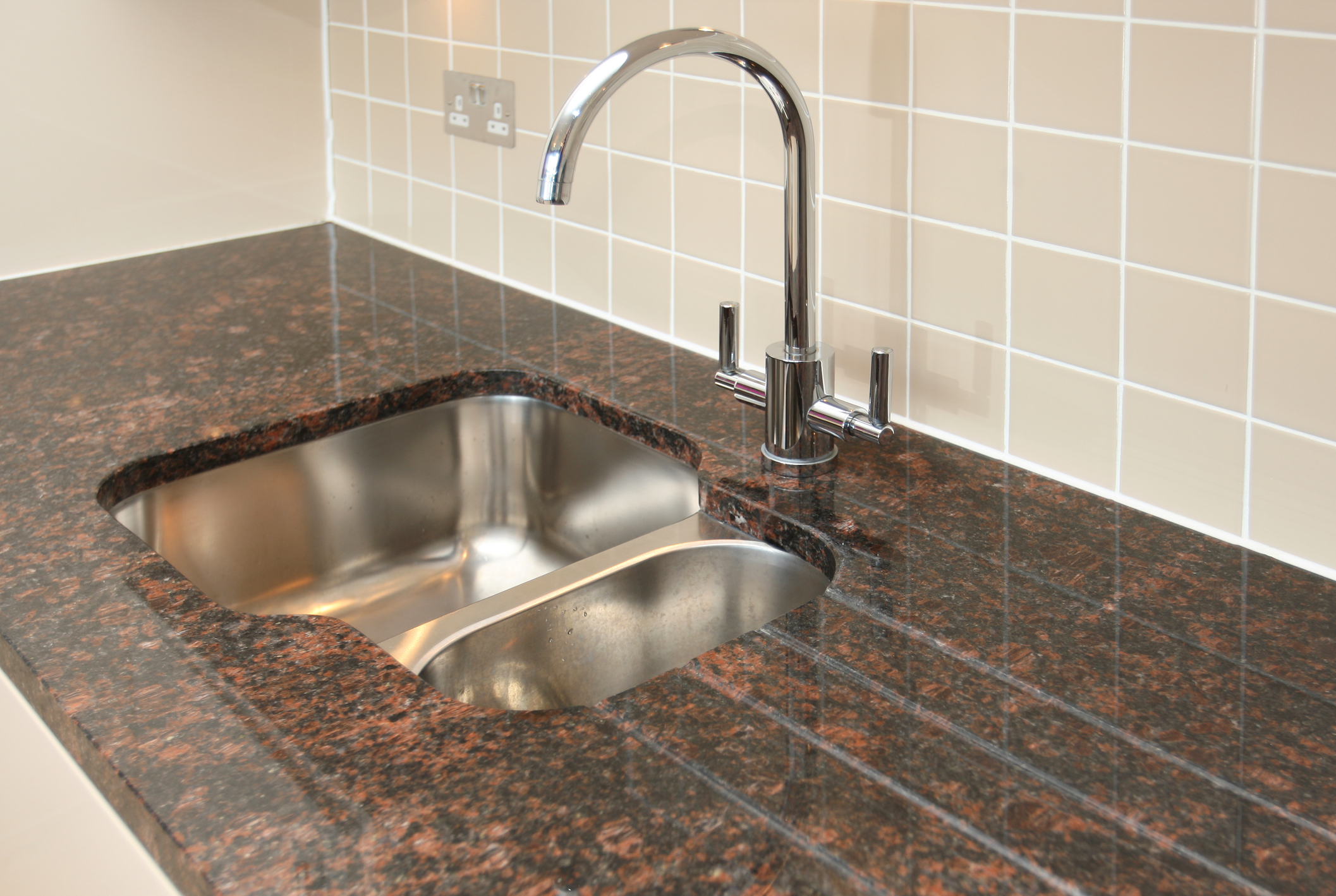
Clean and safe drinking water is essential for maintaining good health. However, the water that flows through our taps may not always be as pristine as we assume it to be. While municipal water treatment plants work diligently to provide clean water, contaminants can still find their way into our water supply. That’s why it’s important to take matters into our own hands and regularly check the cleanliness of our water at home. In this blog post, we’ll explore various methods and techniques you can employ to ensure the safety and quality of the water you consume.
Understand the Common Water Contaminants
Before delving into water testing, it’s crucial to familiarize yourself with common water contaminants. These can include bacteria, viruses, heavy metals (such as lead or mercury), pesticides, chlorine, fluoride, and various other harmful substances. Understanding what to look out for will help you choose the appropriate testing methods.
Visual Examination
A quick visual inspection can provide initial indications of water quality. Look for any discoloration, cloudiness, or floating particles. These can be signs of sediment, rust, or other impurities in the water. Though visual examination is not conclusive, it helps identify potential issues that require further investigation.
Water Testing Kits:
Water testing kits are readily available in the market and offer a convenient way to assess water quality at home. These kits typically come with instructions on how to collect samples and conduct tests for specific contaminants. Some common tests include pH levels, chlorine levels, total dissolved solids (TDS), and the presence of bacteria or lead. Follow the instructions carefully and send samples for laboratory testing if necessary.
Bacterial Testing
Bacterial contamination can lead to various illnesses, so it’s important to test for bacteria in your water. Coliform bacteria, including E. coli, are commonly tested for as indicators of contamination. Test kits are available to check for these bacteria, and they usually involve collecting water samples and incubating them in specific media to detect bacterial growth. Positive results indicate the presence of harmful bacteria and necessitate further action.
Professional Water Testing
If you want a comprehensive analysis of your water quality, consider hiring a professional water testing service. These services can provide detailed reports on the presence of contaminants, as well as recommendations for water treatment solutions if needed. They utilize specialized equipment and follow standardized protocols to ensure accurate results.
Regular Maintenance and Treatment
Even if your initial water tests show no major issues, it’s important to regularly monitor your water quality. Follow the manufacturer’s guidelines for any water treatment systems you may have installed, such as filters or purifiers. Maintain these systems properly and replace filter cartridges or membranes as recommended.
Checking the cleanliness of your water at home is crucial for ensuring the safety and well-being of you and your family. By understanding common water contaminants, performing visual inspections, using water testing kits, and considering professional testing, you can take proactive steps to maintain high water quality standards. Regular testing and maintenance will help you identify and address any potential issues promptly, providing you with the peace of mind that comes with knowing your drinking water is safe and clean.

Leave a Reply